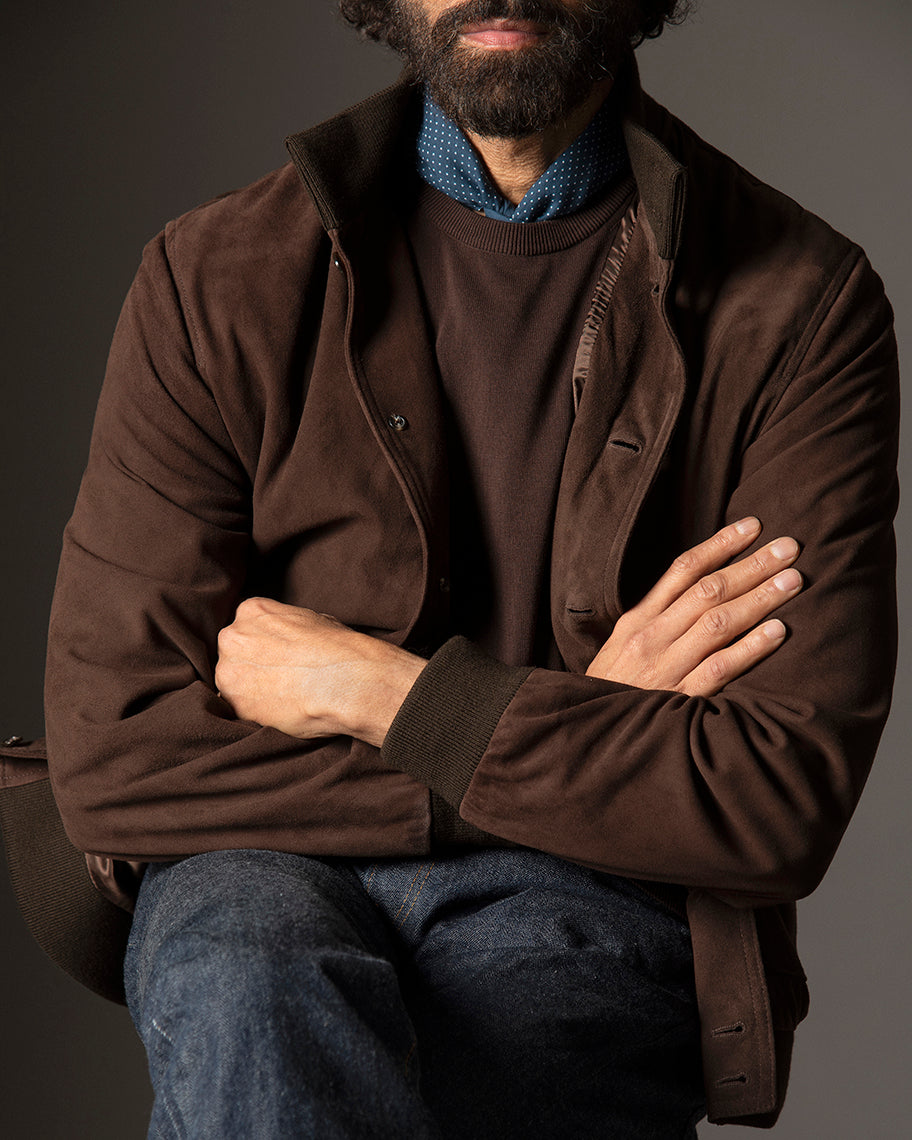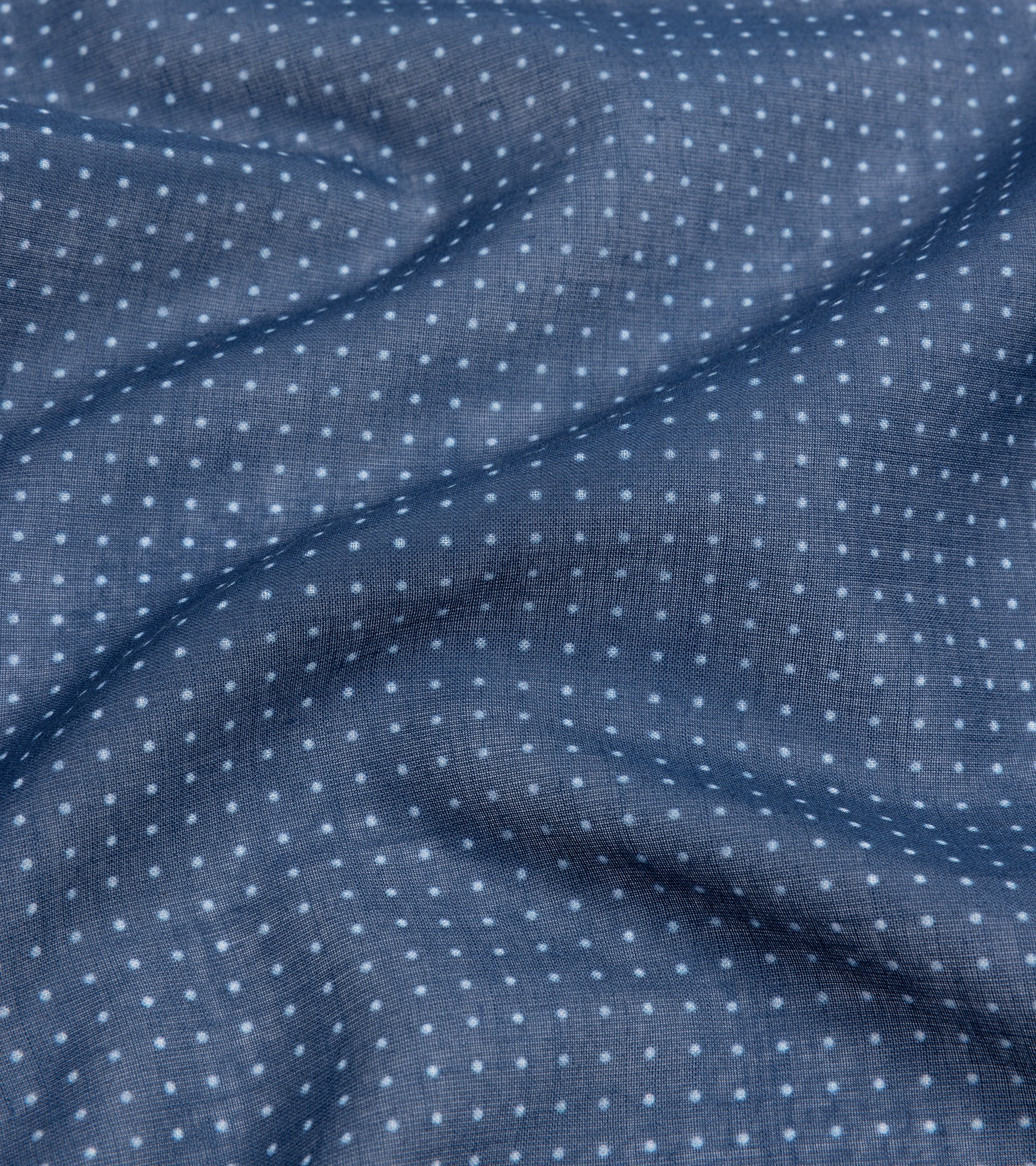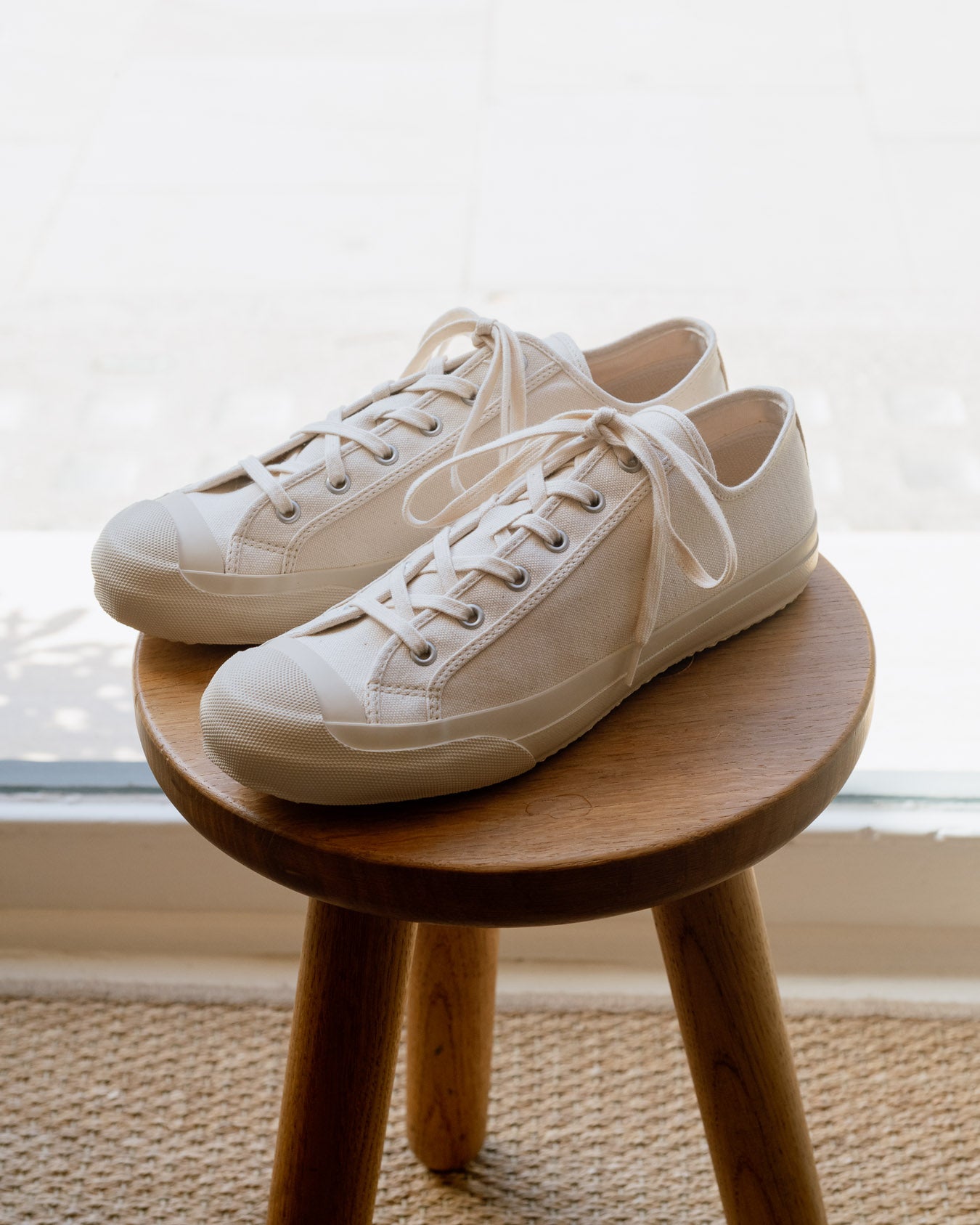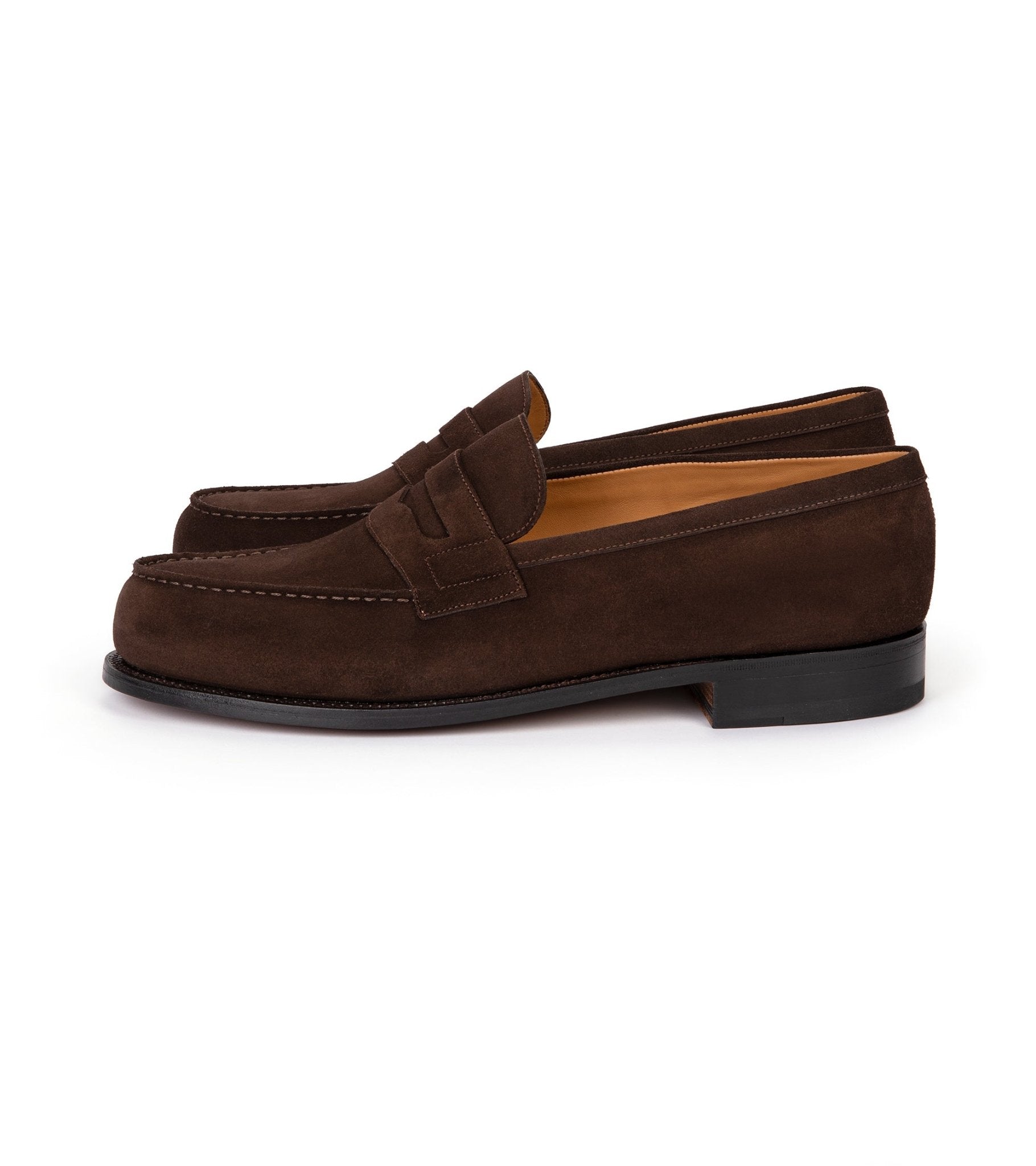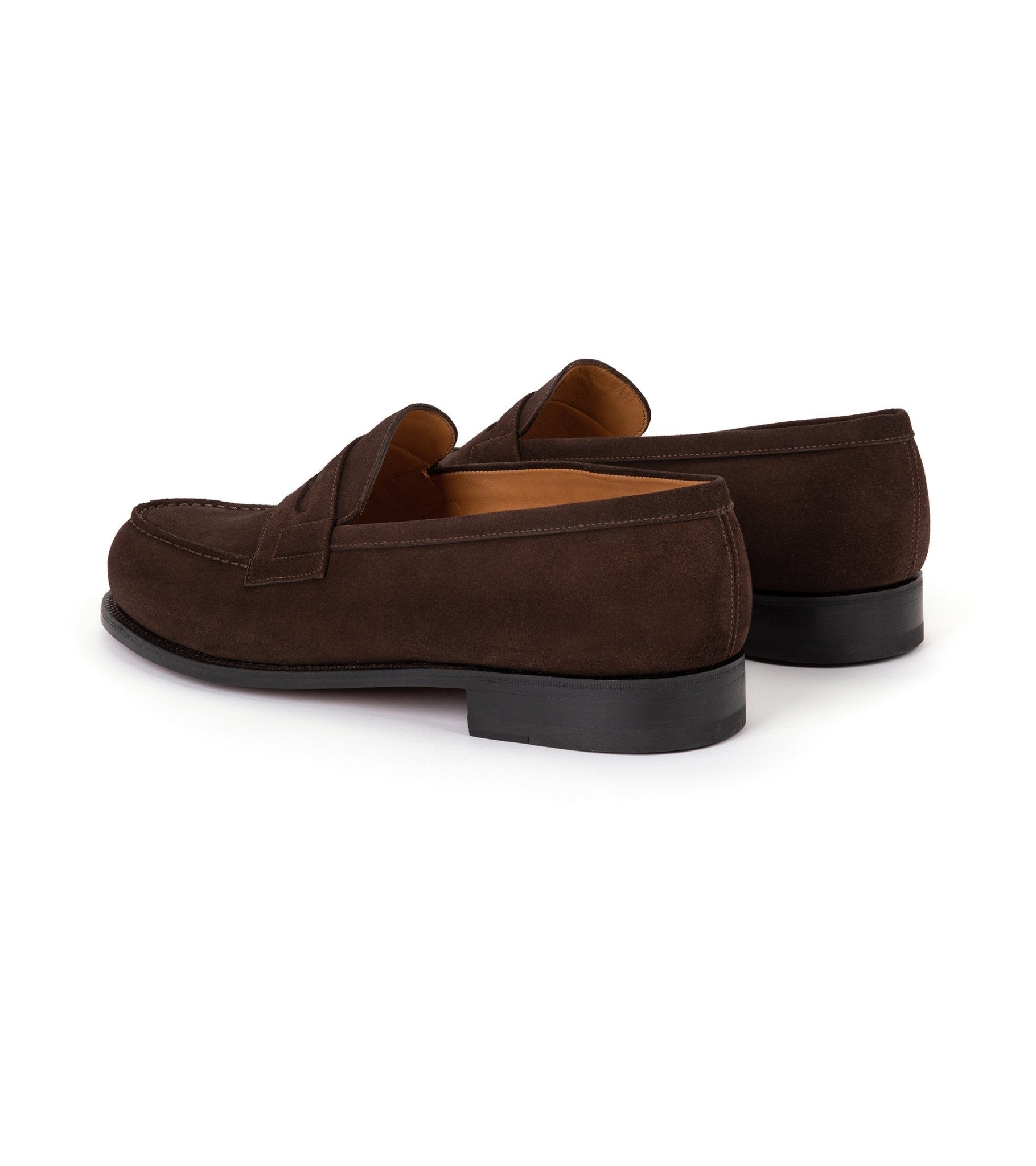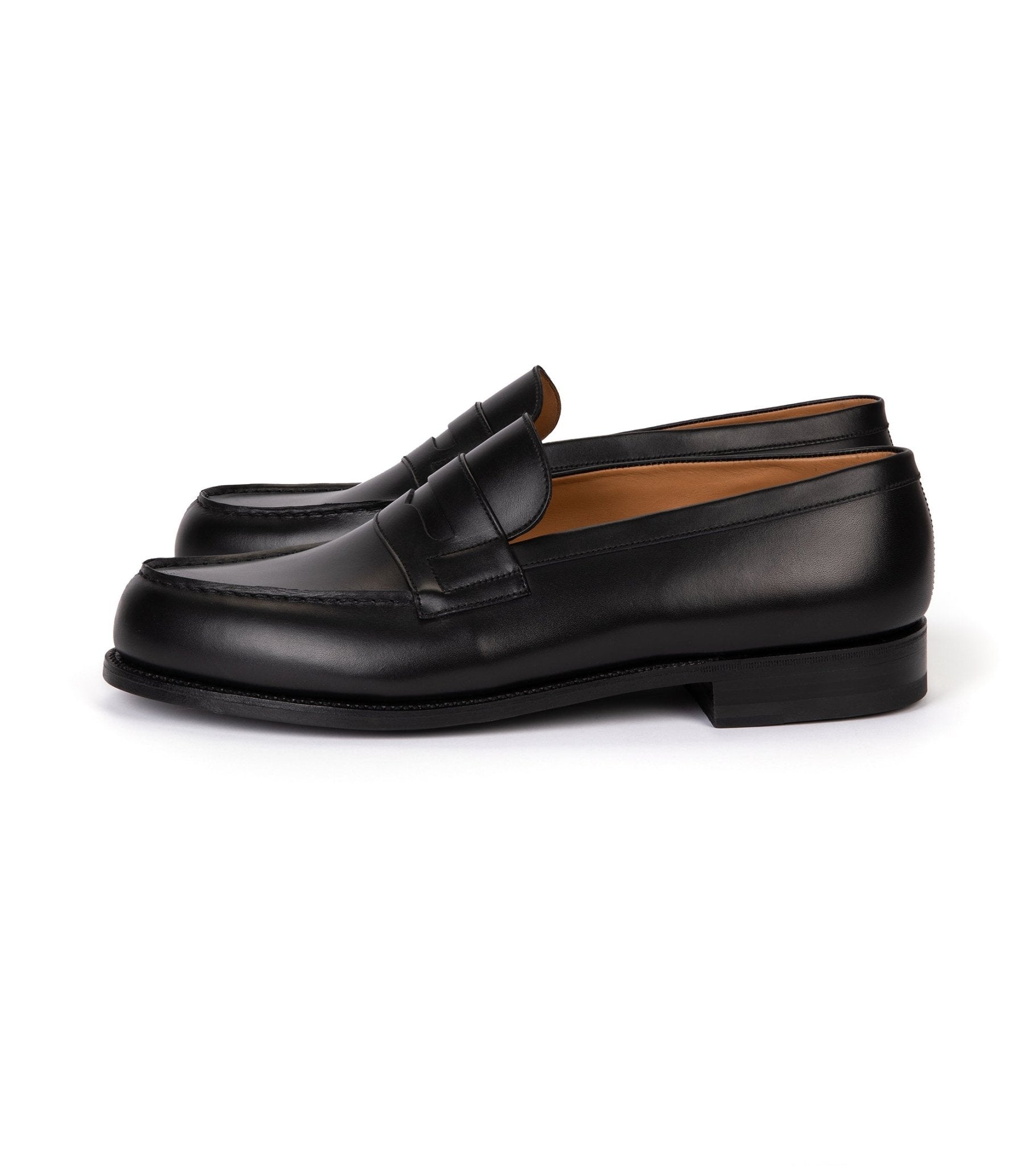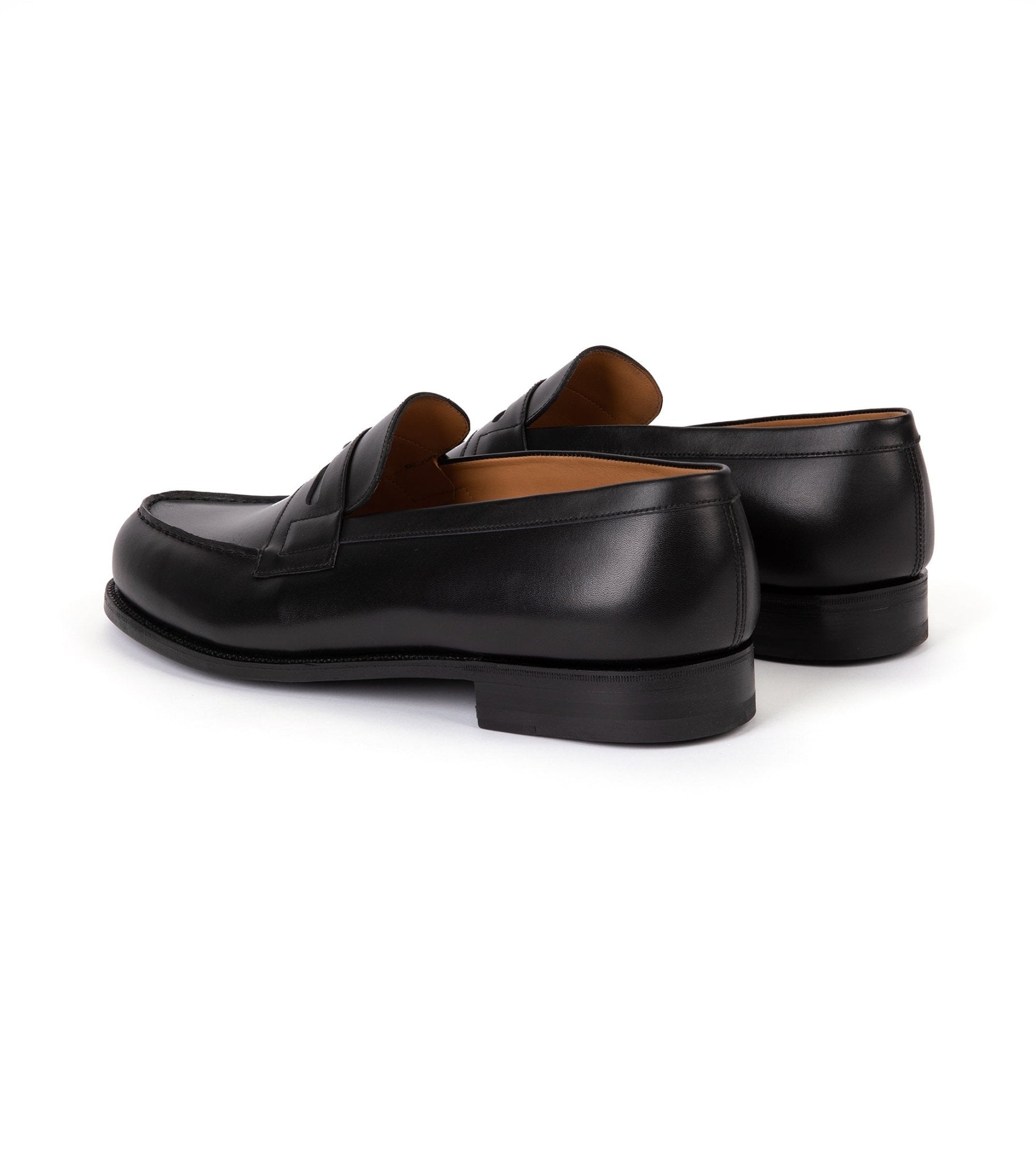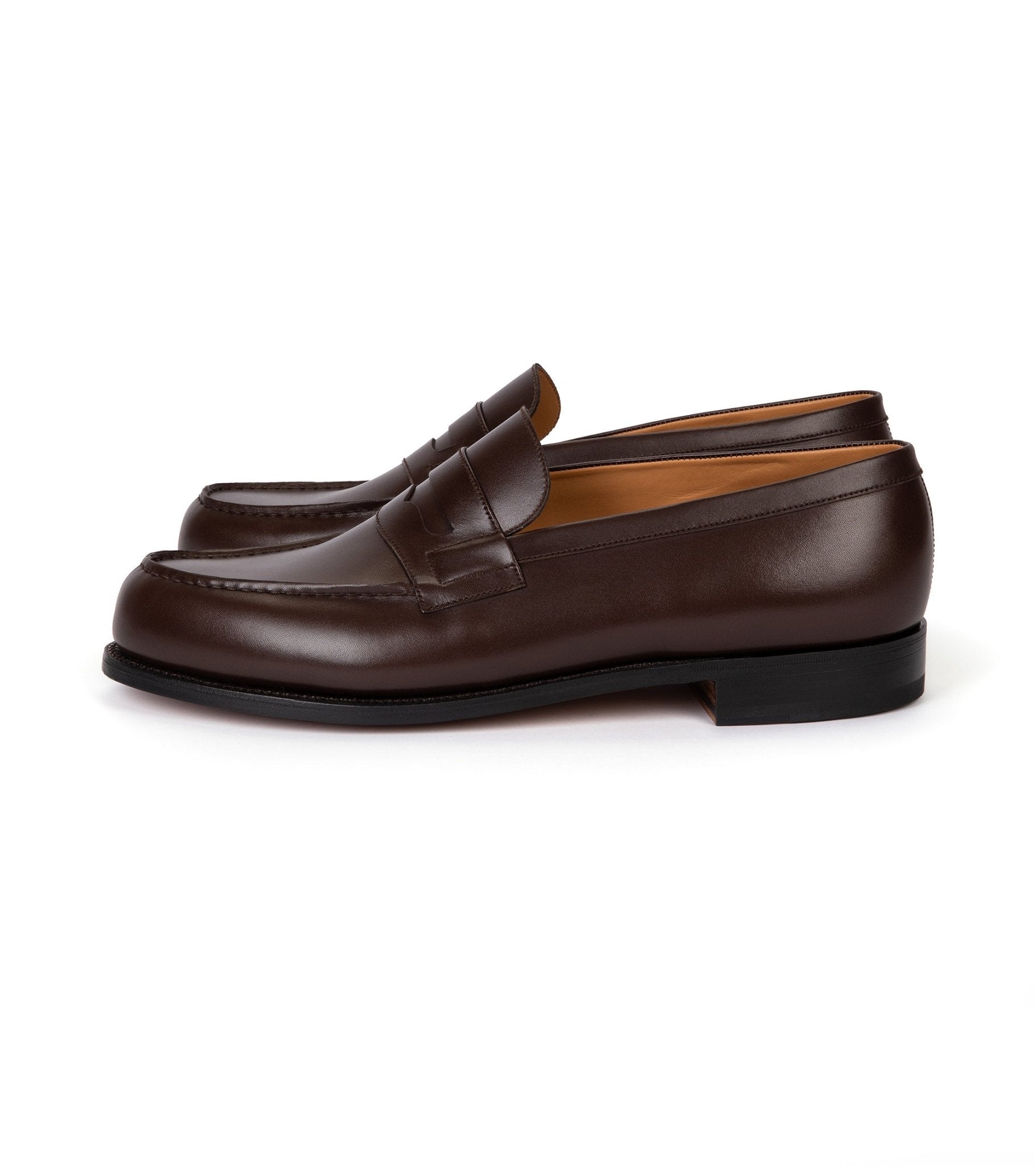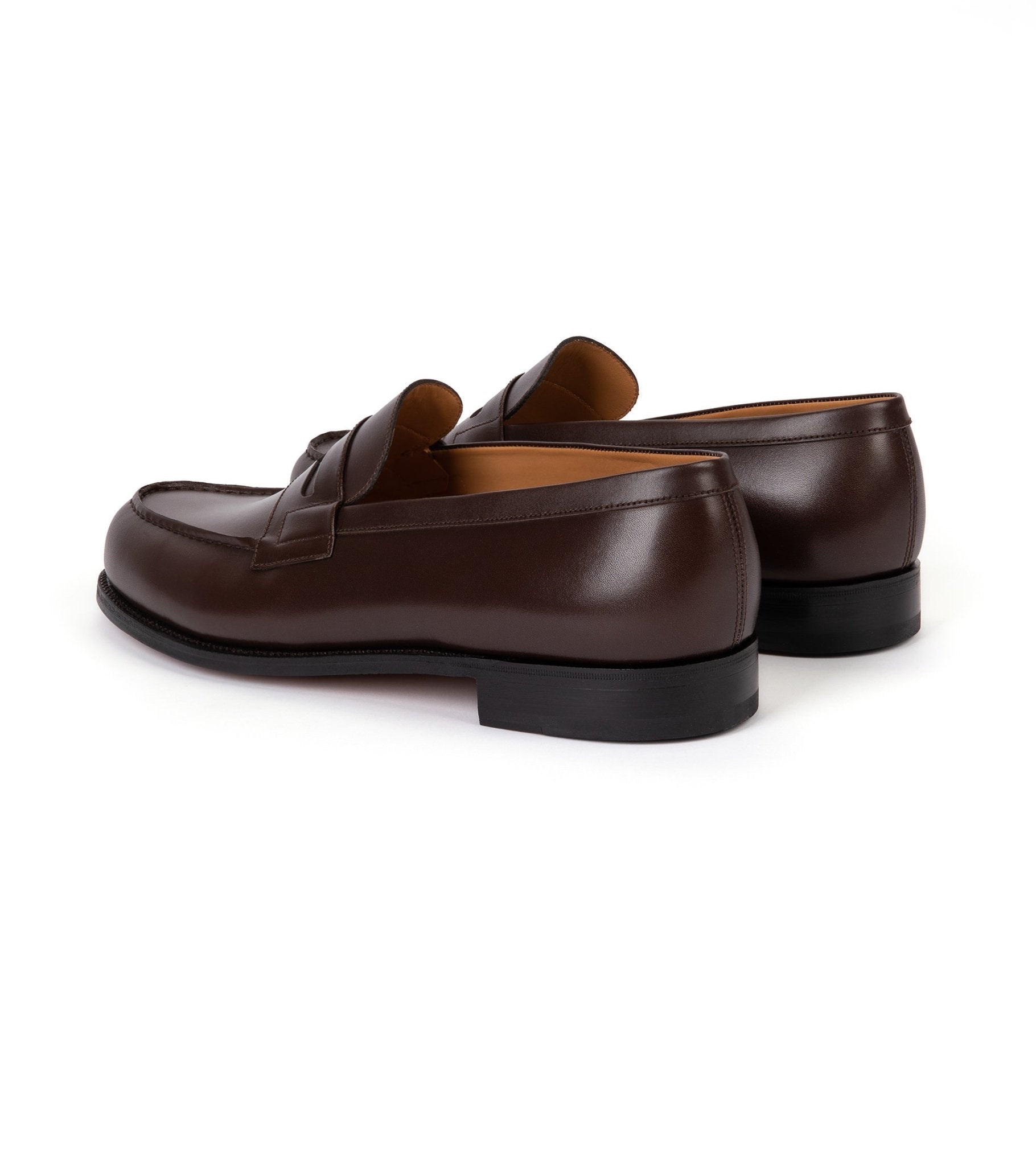To the French ear, J.M. Weston sounds English. At first glance, its famous Model 180 loafer looks American. Yet Weston is French through and through, having designed and produced shoes, boots, and luggage in the hexagon for over a century.
Parisian Casual: J.M. Weston’s Iconic Model 180
The Model 180 takes the casual charm of an American loafer and adds a dash of Parisian sophistication. It’s a chunky shoe, no doubt, but compared to its American cousins it’s sleeker and more finely balanced. It’s a decidedly continental take on the moccasin style, and the result is a supremely versatile loafer with a near unique capacity to work with raw denim and with tailored trousers, summer and winter.
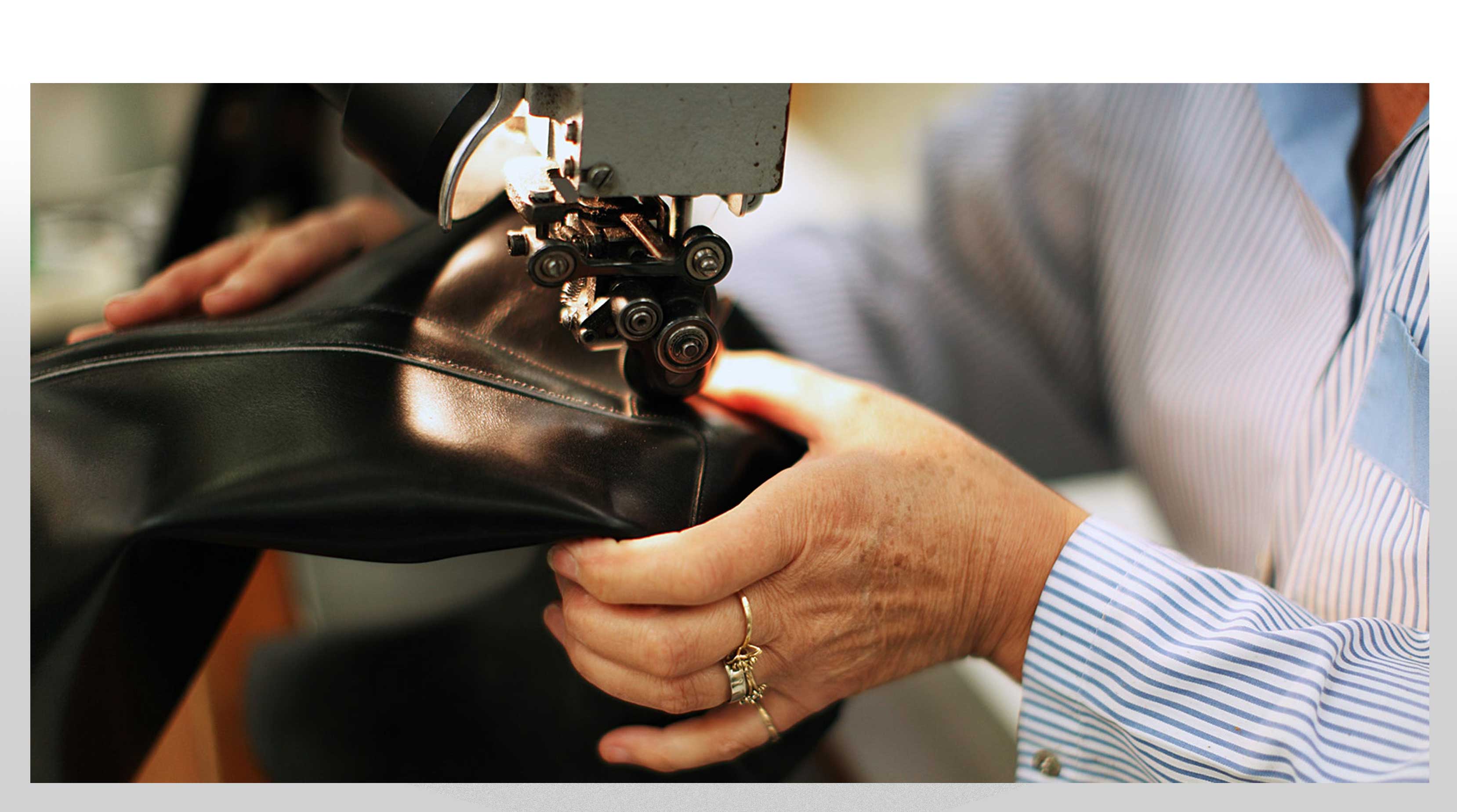
The story begins in 1891 with shoemaker Édouard Blanchard, based in Limoges, an ancient city in southwest France famous for craftsmanship, especially pottery and enamelled jewellery. The future brand took shape when Blanchard sent his son Eugène to the United States in 1904 to learn the latest manufacturing techniques. He landed in Weston, Massachusetts, the town that would provide the brand’s namesake.
In 1907 Eugène returned to Limoges, bringing back knowledge of Goodyear Welting: the mechanical method of stitching the sole to the upper which remains the gold standard for hard- wearing quality shoes today. In 1922, Blanchard joined forces with business partner and Parisian bon vivant Jean Viard. Together they registered the J.M. Weston brand, leaving behind the old Blanchard name and creating a thoroughly French company with a mid-Atlantic accent.
Weston’s most famous offering, the moccasin-style loafer, was invented in 1946, but it didn’t take centre stage until the style exploded in popularity in Paris in the 1960s. Rebellious young men took to wearing them sockless with jeans, but before long the shoe was enthusiastically adopted en masse by stylish Frenchmen across society. It became a favourite of French Presidents; François Mitterrand was said to own ten pairs.

The 180 Loafer remains a celebrated shoe today thanks to its iconic design and ongoing commitment to materials and manufacturing. Considered by its advocates to be the perfect expression of the moccasin style, its rounded toe, signature jointed apron, and high toe-box make it visually substantial (not to mention comfortable and practical), while the refined, slightly curved last shape makes the shoe more elegant than a strictly casual moccasin or deck shoe. More surprising, perhaps, is Weston’s stress on comfort and longevity, values perhaps attributable to Yankee practicality rather than Rive Gauche aesthetics. The brand controls the quality of its materials through in-house tanneries, using extra-slow tanned French leather for the outsole and heel for durability. When the sole does eventually give way, the shoe can be resoled multiple times over its lifetime thanks to the goodyear welting, making each pair a genuine investment piece.
Weston’s loafer combines the best impulses of Parisian menswear: polished but not attention- grabbing, refined and yet relaxed. This season Trunk is offering the Model 180 loafer in brown calfskin suede, and brown and black boxcalf leather. The brown suede model is the natural pairing for chinos in the spring and corduroy in the winter, while the smooth calfskin options might be the perfect all-season, all-occasion shoe: polished enough for an office environment yet perfect with jeans, a practical shoe for travelling, and mostly likely the pair you come to reach for without even thinking about it.



